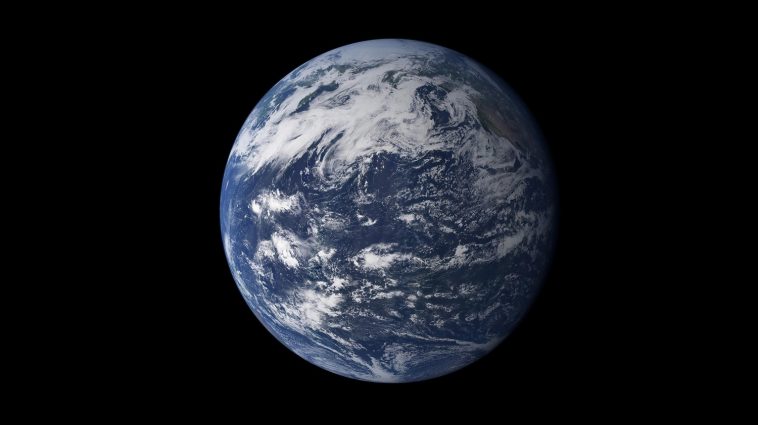[Originally published as Light From Afar]
… he made the stars also. (Genesis 1:16)
The question about the age of the universe is certainly a hotly debated question among both young earth and old earth creationists. Young earth creationists affirm and accept the literal account recorded in Genesis. Old earth creationists accept that God is Creator, but they accommodate long ages because they are convinced that “science” has “proven” that the universe is old. They arrive at this conclusion in part because we see light from stars and galaxies that are billions of lightyears away from us. The “proof” is questionable, but that is a separate matter.
If one considers God’s account of creation recorded in the first chapter of Genesis, one notes that all things—plants, sea creatures, avian life, land creatures, and even humans—were all created fully mature and immediately able to reproduce (“the seed is in itself”). The earth itself was created, formed, and organized in the first three days of creation (Genesis 1:1–13). The Bible gives no indication that these were long periods of time.
When God records the day (Hebrew yom), He uses the word normally understood as a 24-hour day. By assigning an ordinal number to modify the day (first day, second day, third day, etc.), He further qualifies the day as a normal 24-hour day. And, if that were not enough, He further defines the day as having an “evening and morning,” indicating a normal 24-hour day.
Some may want to argue about this, but their argument is against God’s Word, and that is reminiscent of the first words from the tempter’s mouth: “Yea, hath God said…?” (Genesis 3:1).
With all of that in mind, look again at Genesis 1:14–19, which describes Day Four of creation. In God’s account of creation, God created the earth first, then the other heavenly bodies beginning with the sun and moon, and finally He “created the stars also” (v. 16). This in itself contradicts the notion of a Big Bang.
Verse 15 establishes the purpose for the heavenly bodies as literally “to light over the earth.” In the KJV, verse 17 reads: “And God set them [the stars] in the firmament of the heaven to give light upon the earth.” The Hebrew word translated “set” is nâthan, which means “to give.” A strict translation of the verse would read: “God gave them in the expanse of the heavens to light over the earth.”
As with all of God’s creation, the light of the stars upon the earth was created in place and fully mature. This eliminates any discussion about how long it takes for light from distant stars to arrive on earth. It makes the argument irrelevant. Whatever is now is not what it was in the beginning.






